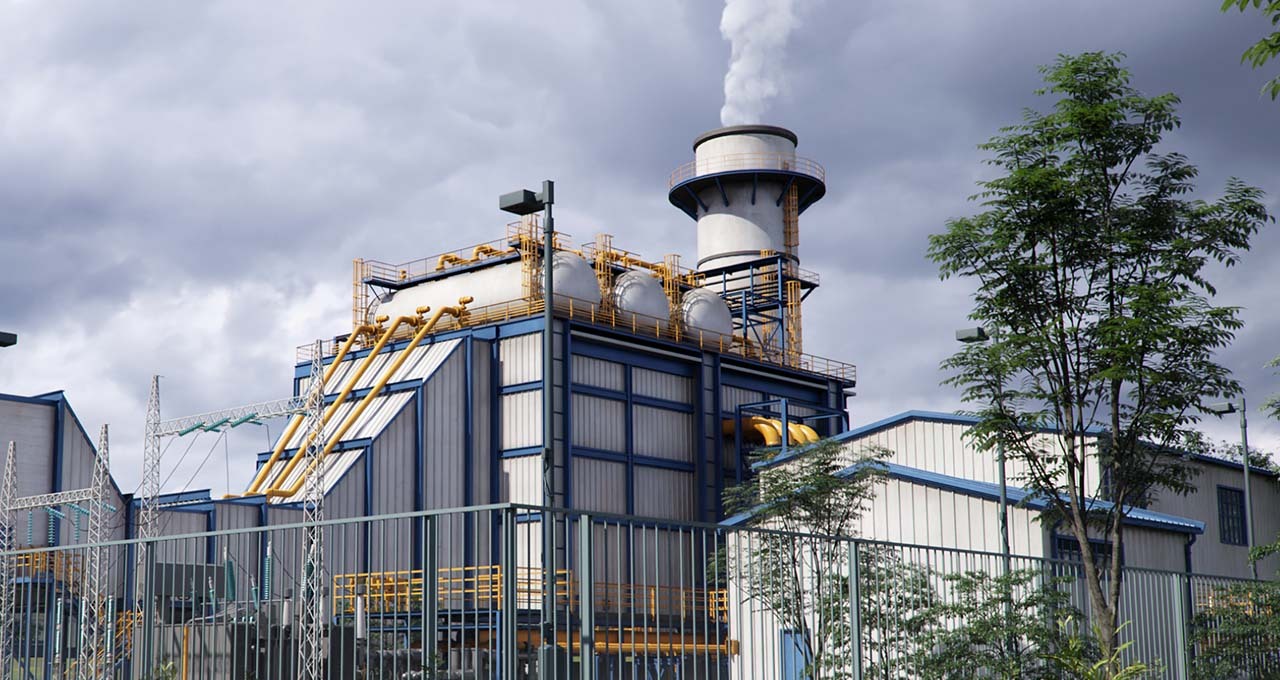Siemens Energy, a leading supplier of power plant technology in the trillion-dollar worldwide energy market, is relying on the NVIDIA Omniverse platform to create digital twins to support predictive maintenance of power plants.
In doing so, Siemens Energy joins a wave of companies across various industries that are using digital twins to enhance their operations. Among them, BMW Group, which has 31 factories around the world, is building multiple industrial digital twins of its operations; and Ericsson is adopting Omniverse to build digital twins of urban areas to help determine how to construct 5G networks.
Indeed, the worldwide market for digital twin platforms is forecast to reach $86 billion by 2028, according to Grand View Research.
“NVIDIA’s open platforms along with physics-infused neural networks bring great value to Siemens Energy,” said Stefan Lichtenberger, technical portfolio manager at Siemens Energy.
Siemens Energy builds and services combined cycle power plants, which include large gas turbines and steam turbines. Heat recovery steam generators (HRSGs) use the exhaust heat from the gas turbine to create steam used to drive the steam turbine. This improves the thermodynamic efficiency of the power plant by more than 60 percent, according to Siemens Energy.
At some sections of an HRSG, a steam and water mixture can cause corrosion that might impact the lifetime of the HRSG’s parts. Downtime for maintenance and repairs leads to lost revenue opportunities for utility companies.
Siemens Energy estimates that a 10 percent reduction in the industry’s average planned downtime of 5.5 days for HRSGs — required among others to check wall loss thickness of pipes due to corrosion — would save $1.7 billion a year.
Simulations for Industrial Applications
Siemens Energy is enlisting NVIDIA technology to develop a new workflow to reduce the frequency of planned shutdowns while maintaining safety. Real-time data — water inlet temperature, pressure, pH, gas turbine power and temperature — is preprocessed to compute pressure, temperature and velocity of both water and steam. The pressure, temperature and velocity are fed into a physics-ML model created with the NVIDIA PhysicsNeMo framework to simulate precisely how steam and water flow through the pipes in real time.
The flow conditions in the pipes are then visualized with NVIDIA Omniverse, a virtual world simulation and collaboration platform for 3D workflows. Omniverse scales across multi-GPUs to help Siemens Energy understand and predict the aggregated effects of corrosion in real time.
Accelerating Digital Twin Development
Using NVIDIA software frameworks, running on NVIDIA A100 Tensor Core GPUs, Siemens Energy is simulating the corrosive effects of heat, water and other conditions on metal over time to fine-tune maintenance needs. Predicting maintenance more accurately with machine learning models can help reduce the frequency of maintenance checks without running the risk of failure. The scaled NVIDIA PhysicsNeMo PINN model was run on AWS Elastic Kubernetes Service (EKS) backed by P4d EC2 instances with A100 GPUs.
Building computational fluid dynamics models for each HRSG, takes as long as eight weeks each to estimate corrosion within pipes at HRSGs plants. This process is required for a portfolio of more than 600 units. Faster workflow using NVIDIA technologies can enable Siemens Energy to accelerate corrosion estimation from weeks to hours.
NVIDIA Omniverse provides a highly scalable platform that lets Siemens Energy replicate and deploy digital twins worldwide, accessing potentially thousands of NVIDIA GPUs as needed.
“NVIDIA’s work as the pioneer in accelerated computing, AI software platforms and simulation offer the scale and flexibility needed for industrial digital twins at Siemen Energy,” said Lichtenberger.
Learn more about Omniverse for virtual simulations and digital twins. And discover how AI is powering the future of clean energy.
